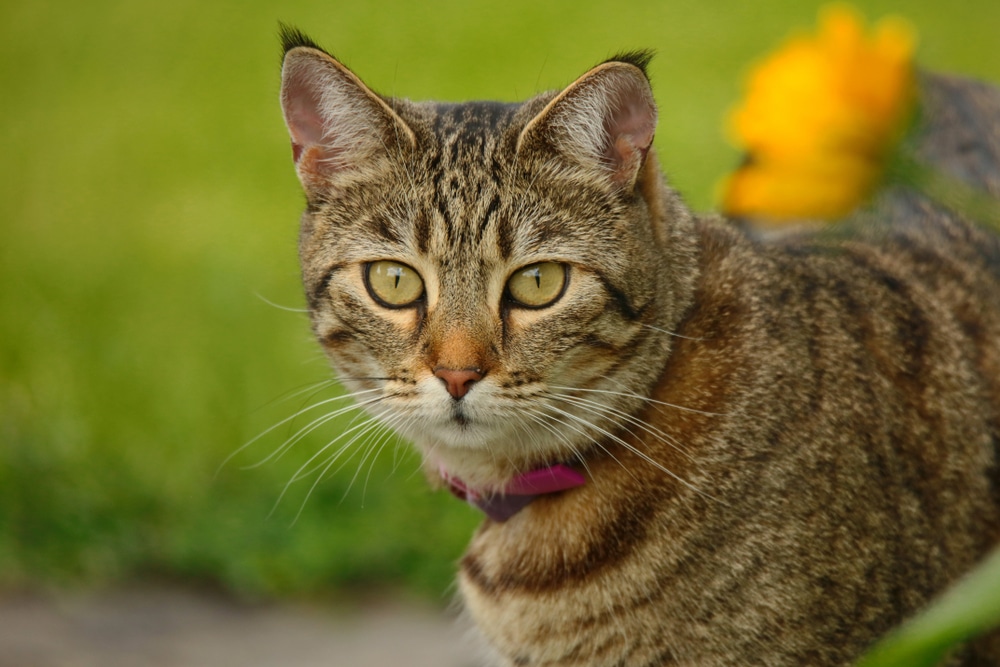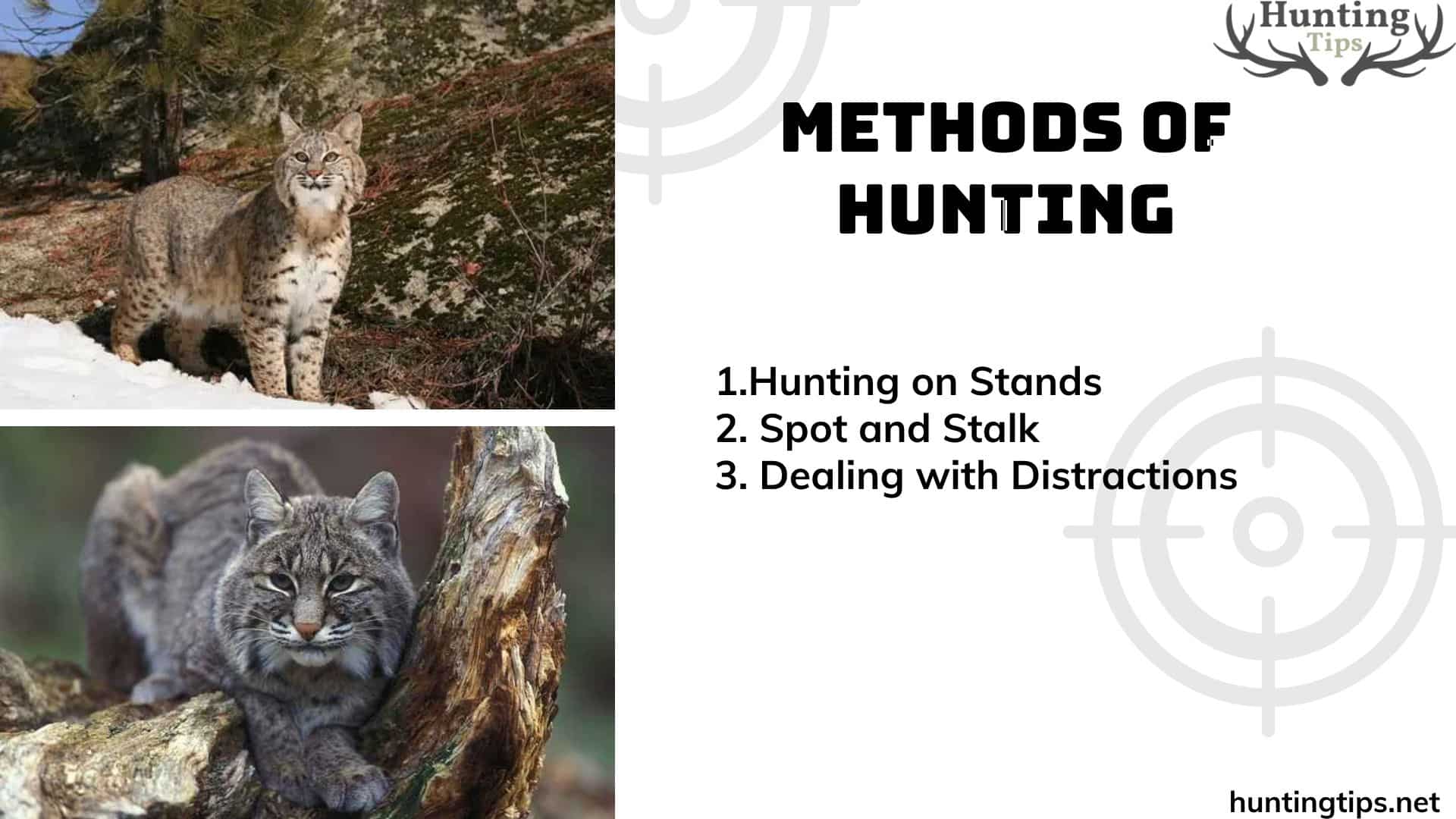Table of Contents
Going bobcat hunting may be an exciting and demanding experience for many outdoor enthusiasts. The bobcat is a sought-after target for hunters and trappers due to its elusiveness. Knowing the finest hunting techniques and tactics can significantly improve your chances of success, regardless of experience level. You will learn all the essential bobcat hunting techniques in this article, with particular attention to using mouth calls, recognizing bobcat tracks, staying within bag restrictions, and perfecting your calling technique.

Recognizing the Behavior of Bobcats
As lone, nocturnal predators, bobcats are renowned for their agility and stealth. They patrol their clearly defined home zone on a regular basis in search of food, and understanding their conduct and pace is essential for an effective pursuit.
Locating Bobcat Trails
Finding bobcat-active regions is one of the first stages of a successful bobcat hunting mission. Typically, this entails locating bobcat trails. Bobcat tracks are normally rounder, less pronounced in the claw area, and smaller than those of other predators like coyotes. Keep an eye out for their traces in locations with thick cover where bobcats may hunt or rest, such as game trails and water sources.
Choosing the Right Time
When hunting bobcats, timing is everything. Because bobcats are most active at dawn and dusk, these are the best times to go hunting. Furthermore, different regions have different bobcat hunting and trapping seasons, so verifying local laws is important to ensure you’re hunting ethically and legally.
the hunters who want to hunt lions must to know that Hunting big cats, particularly lions, is a pursuit steeped in tradition and controversy. As one of the apex predators of the African savannah, lions command both respect and awe from hunters and conservationists alike. Understanding the intricacies of lion hunting provides insights into not only the physical challenges but also the ethical considerations involved in pursuing these magnificent creatures.
Methods of Hunting

Hunting on Stands
The goal of stand hunting is to choose a prime spot where you can observe a bobcat-friendly environment, like a tree stand or ground blind. Patience and the capacity for a long absence are requirements for this technique. Stand hunting lets you hear the bobcat approaching from a farther distance and covering more ground with your calls.
Spot and Stalk
Using this strategy, you must actively search an area for indications of bobcat activity, including tracks or scat. Once you see evidence of bobcat activity, you can locate a nearby site and start making calls. Hunting by spot and stalk can be more physically taxing, but it also makes for a more interesting and dynamic hunt.
Dealing with Distractions
Because they are easily startled, bobcats may become disinterested if they suspect something is wrong. When hunting, try not to make loud noises or abrupt movements. Furthermore, ensure your fragrance is covered up because bobcats have keen senses of smell. Using scent eliminators or hunting with the wind to your advantage can lessen the likelihood of being discovered.
Conclusion
Hunting bobcats is a gratifying activity that calls for patience, skill, and a thorough knowledge of the animal’s nature. You can improve your chances of having a successful hunt by using efficient techniques like spot stalk and stand hunting and equipment like mouth calls and electronic callers. Always be on the lookout for bobcat tracks, respect bag limits, and make sure your activities are consistent with moral hunting methods. Your bobcat hunting endeavors can be prosperous and satisfying if you prepare properly and show reverence for the natural environment.


